What is Translation?
Translation is taking words, audio or other content from one language into another and keeping the original meaning and tone. Imagine sharing a joke with someone who speaks a different language, if the translation isn’t spot on the punchline flops! For businesses going global accurate translation is key to connecting with people across cultures and making their message shine.

Why Translation is a Big Deal for Your Business?
In today’s connected world businesses need to speak their customers languages literally. Without good translation even awesome products can fail in new markets. Bad translations can confuse people, change meanings or even offend which hurts sales and trust. On the other hand great translation helps companies:
- Improve customer experience and engagement by communicating in the customer’s preferred language.
- Increase accessibility and reach for products, services and marketing materials in new markets.
- Get competitive advantage by catering to diverse linguistic and cultural preferences.
- Comply with local regulations and legal requirements in different regions.
- Enhance brand perception and trust among global audiences.
To maximize these benefits and mitigate risks businesses must invest in professional translation services, robust translation processes and cutting-edge translation technology solutions.
Human vs Machine Translation
There are two main ways to translate language: human translation and machine translation. Each has its pros and cons. Many businesses use both to get the best results.
Human translation is done by a real person who knows both languages well. This method takes more time and costs more money but gives better quality. Human translators can understand jokes, emotions or double meanings—things that machines often miss. That’s why this method is great for creative writing or marketing materials. Also if a translator has special knowledge (like in medicine or law) they can make sure the translation is very accurate.
Machine translation is done by a computer program. It changes the text from one language to another automatically. Many tools today use artificial intelligence (AI) to make translations faster and better. Machine translation is quick and cheap which makes it useful for big projects or when there isn’t much time. It can also be added directly into websites or apps to make the process smooth and automatic.
Some businesses use a mix of both. They let the machine do the first draft and then a human checks and fixes the translation. This way they get the speed of machines and the quality of humans. Using both can save time, lower costs and still give good results.
Types of Translation
Translation isn’t just about swapping words from one language to another — there are many types, each with its own challenges. Here are the most common ones:
Business Translation
Letters, memos, manuals, contracts, company policies. Accuracy and consistency across all materials. Mistakes can lead to misunderstandings or legal trouble.
Legal Translation
Court documents, contracts, laws. Extreme accuracy. Legal language is complex and small mistakes can be serious so translators need to know the law.
Literary Translation
Books, poems, plays. Not just the words — the feeling, tone, creativity of the original. Translators need to be skilled and imaginative to bring stories to life in a new language.
Technical Translation
User manuals, installation guides, product instructions. Very important to use the right technical terms. A small error can confuse users or cause safety issues.
Financial Translation
With global business on the rise companies need financial documents like balance sheets, audit reports, market summaries translated. Translators need to know financial terms and local regulations.
Medical Translation
This can be life or death. Medical documents — patient records, prescriptions, clinical research — must be translated with perfect accuracy. Translators need to know medical terms and healthcare rules.
Ecommerce Translation
Online stores need to translate product descriptions, reviews, blogs, ads to reach customers in other countries. Translation must be clear, culturally correct and SEO optimized.
Software/App Translation
Also called localization. Translating menus, buttons, messages inside apps or software. Goal is to make the app feel natural for users in another language and culture.
Website Translation
Companies that want to go global translate their website content — landing pages, blog posts, product info. Translators aim to keep tone, brand voice and SEO all consistent while making the content easy to understand for new audiences.
Each type of translation presents its own set of challenges, requiring specialized skills, subject matter expertise, and a deep understanding of the target audience's cultural nuances.

Measuring Translation Quality and ROI
How do you know if your translations are working? Look at these factors:
- Accuracy: Does the translation match the original meaning?
- Fluency: Does it sound natural, like it was written in that language?
- Cultural Fit: Does it respect local customs and avoid offense?
- Consistency: Are terms and tone the same across all content?
You can also measure the return on investment (ROI):
- More Sales: Good translations attract new customers in global markets.
- Fewer Mistakes: Avoiding translation errors saves money on fixes or lawsuits.
- Better Reputation: Clear, respectful translations build trust with audiences.
How to Choose the Right Translation Solution for Your Business?
Step 1: Know Your Needs
Figure out what you’re translating (ads, manuals, apps?), how many languages you need, and how much cultural tweaking is required. High-visibility content like marketing needs extra care, while internal docs might not.
Step 2: Pick a Provider
Look for translation services with:
- Experience in your industry (e.g., tech, healthcare).
- Skilled human translators and AI tools like PolyPal.
- A TMS to keep things organized and consistent.
Step 3: Balance Quality, Speed, and Cost
- High-Quality Needs: For ads or legal docs, prioritize accuracy and cultural fit, even if it costs more.
- Speed and Savings: For quick or less critical content, PolyPal’s AI can deliver fast results affordably.
- Hybrid Options: Use AI with human review for a mix of speed and quality.
Translation Technology: Making Work Faster and Easier
In today’s fast-moving world, businesses often need to share information in many languages. Translation technology helps them do this quickly and accurately. With tools like CAT (Computer-Assisted Translation), TMS (Translation Management Systems), and machine translation, companies can save time and reach more people around the world.
CAT Tools: Helping Translators Work Smarter
CAT tools are special computer programs that help translators do their jobs better. These tools can save time by doing the boring, repetitive work for them. For example:
- Translation memories store parts of old translations so they can be reused in new ones. This keeps the wording the same and saves time.
- Term bases (or glossaries) are lists of words that show the best way to say something. This helps translators use the right words every time.
- CAT tools can also check for mistakes like spelling errors or wrong formatting.
Overall, CAT tools help translators work faster and make fewer errors.
TMS: Managing the Whole Translation Project
TMS stands for Translation Management System. It’s a tool that helps manage every step of a translation project from start to finish. TMS platforms help companies:
- Keep all translation files in one place
- Assign work to the right people
- Track progress in real time
- Connect with other tools, like websites or customer service systems
With a TMS, businesses can stay organized and get their translation projects done more smoothly.
Machine Translation: Fast Translations with Technology
Machine translation (MT) uses computers to translate text automatically. In the past, MT wasn’t very good. But now, new technology like neural machine translation (NMT) has made big improvements. These systems use artificial intelligence (AI) to make translations more natural and accurate.
MT is useful when you need to translate a lot of content very quickly—like product details, user guides, or company messages. Some companies also have people review and improve the MT results to make sure the translations are correct and sound natural.
Translation Services: Connecting Businesses to the World
If a product or service wants to earn trust in different countries, it must be accurate and make sense to people from other cultures. In today’s world, where businesses sell around the globe, it’s more important than ever to speak clearly to international customers.
Professional translation services help companies talk to people from different countries. These services include teams of experts who make sure that everything — from websites to marketing — is easy to understand in different languages and cultures.
- Translators, editors, and proofreaders make the words sound natural in the new language.
- Developers and software engineers prepare websites and apps so that translations can be added smoothly.
- UX and UI designers change layouts, buttons, and images so they look right in every language.
- Project managers keep everything organized and help the whole team work together.
- Local marketing experts help businesses understand local customers and choose the right way to share their message.
For example, if you want to translate your website, you’ll need a team that understands both language and technology. This way, your message stays clear and matches local culture.
The Role of the Translator
Translators are language experts. They help people understand each other by changing written words from one language into another. A good translation should sound like it was written in the target language from the start.
To do this job well, translators need:
- Strong skills in both the source and target languages.
- An understanding of grammar, vocabulary, and culture.
- Special knowledge in certain areas, like law, healthcare, or business.
- Great writing skills and the ability to write in different styles for different readers.
- Tools like CAT (computer-assisted translation) software to work faster and more accurately.
- A sharp eye for detail — even small mistakes can cause big problems.
Translators might work on documents, websites, or apps. Some work for companies, others are freelancers. Many keep learning by attending workshops, reading industry news, or taking online courses.
Good translators love language, enjoy working with others, and care deeply about quality. Their work helps businesses connect with people around the world.
How Timekettle Breaks Language Barriers?
Timekettle translation earbuds are advanced AI-powered devices designed to facilitate seamless communication across language barriers. Whether you're in a multilingual meeting, traveling abroad, or engaging in casual conversations, these earbuds offer real-time voice translation, supporting a wide array of languages and accents.
Key Features of Timekettle Translation Earbuds:
- Real-Time Translation: Experience smooth, instantaneous translations that enable natural conversations without delays.
- Extensive Language Support: With support for numerous languages and accents, communicate effortlessly with people from different linguistic backgrounds.
- User-Friendly Design: The earbuds are designed for comfort and ease of use, ensuring a hassle-free experience during prolonged use.
- Versatile Application: Ideal for various scenarios, including business meetings, educational settings, travel, and everyday interactions.
By converting language barriers into opportunities for connection, Timekettle translation earbuds empower users to build trust and collaborate effectively across cultures.
For more detailed information on specific models and their features, you can visit Timekettle's official website.
Conclusion
Translation is so much more than just swapping words from one language to another — it’s about keeping meaning, emotion and cultural context so messages land with people everywhere. For businesses, translation is a powerful tool that opens doors to new markets, deepens customer relationships and builds global reputation. Whether through skilled human translators, cutting edge AI tools like Timekettle or a smart mix of both, investing in good translation solutions is key in today’s multilingual digital world. By using the right strategies and tools, companies can break language barriers and really connect with their global audience.
 Talk to Customer Service 1(833) 491-1328
Talk to Customer Service 1(833) 491-1328






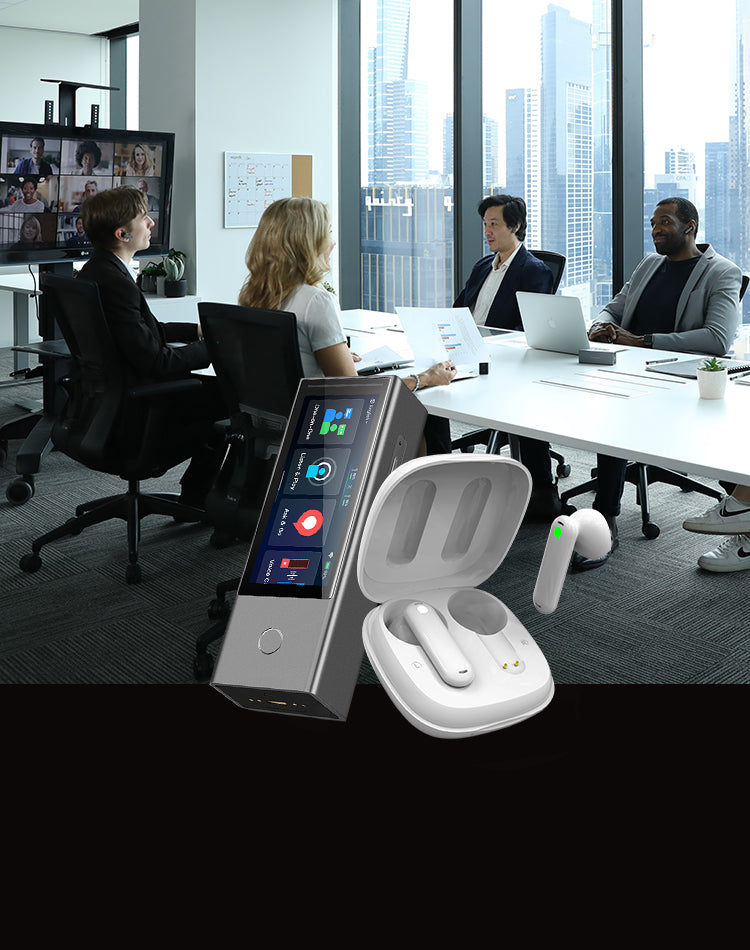
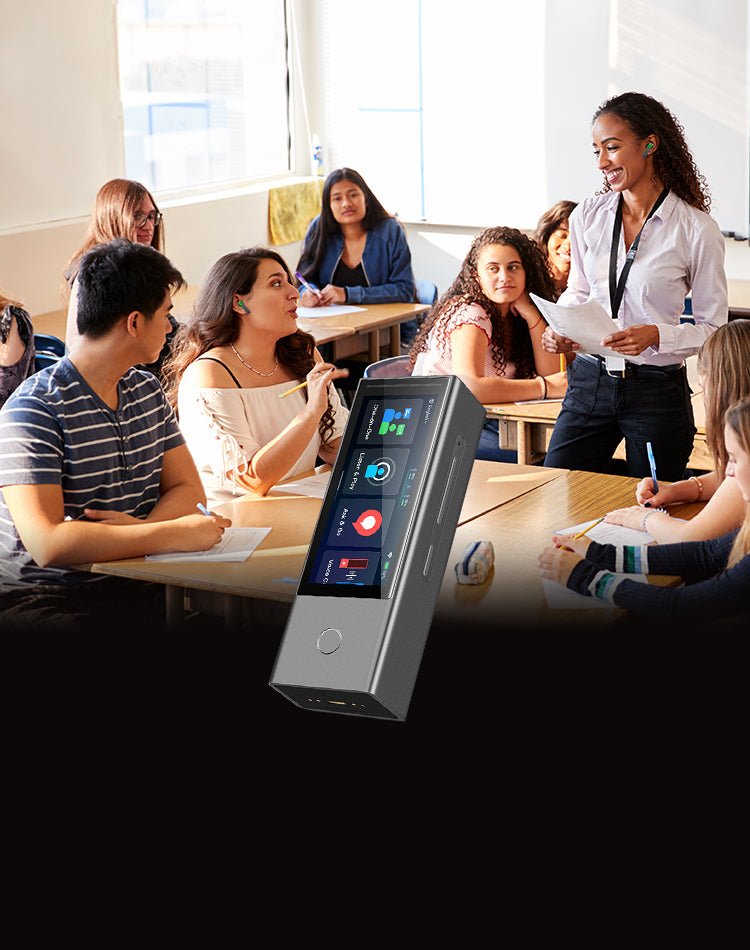




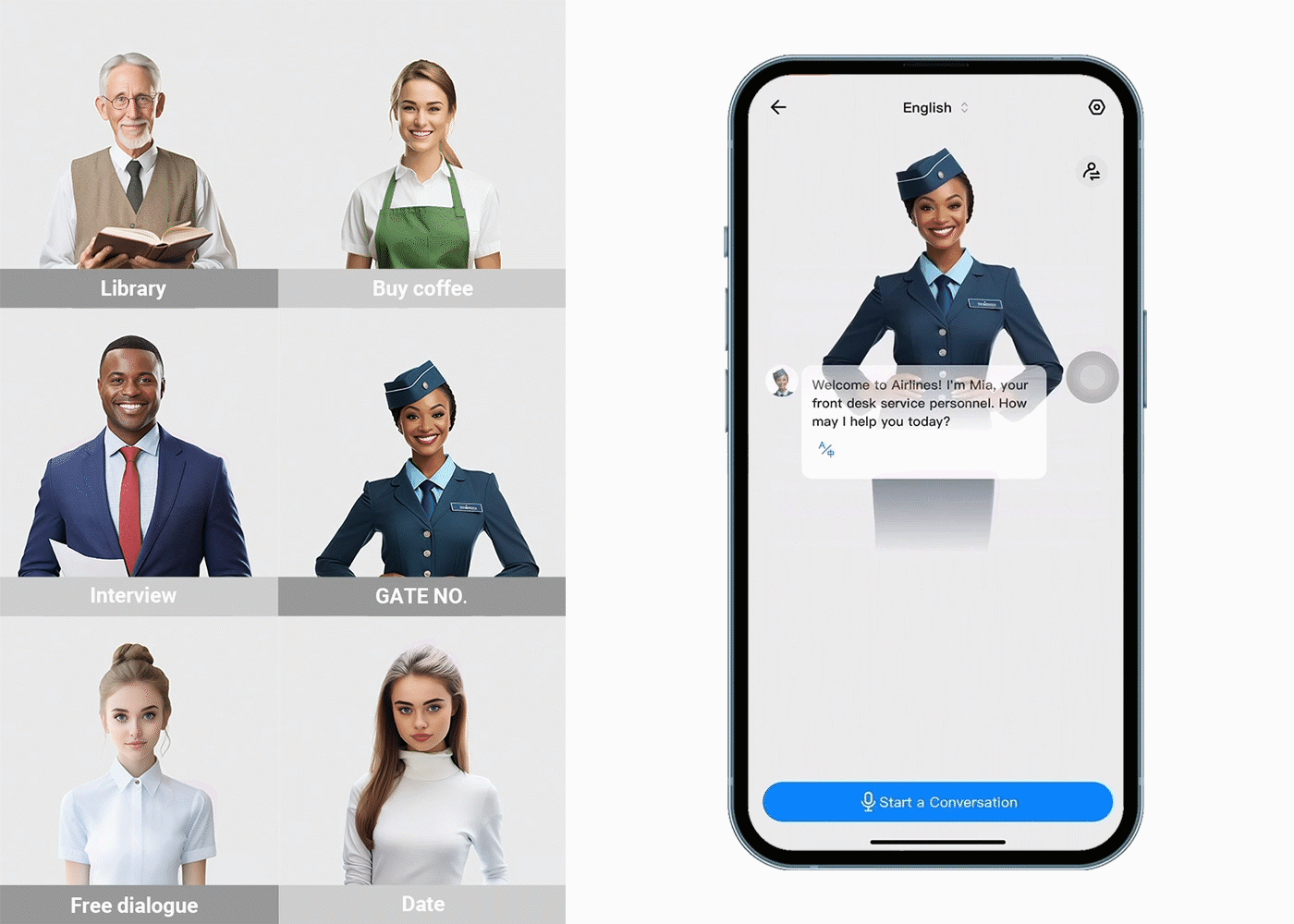




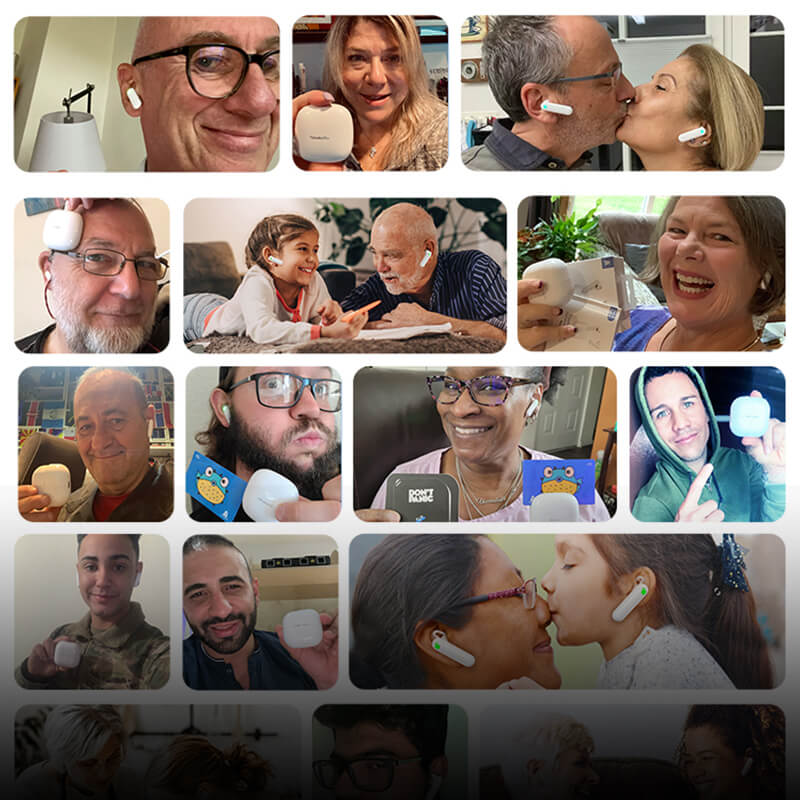
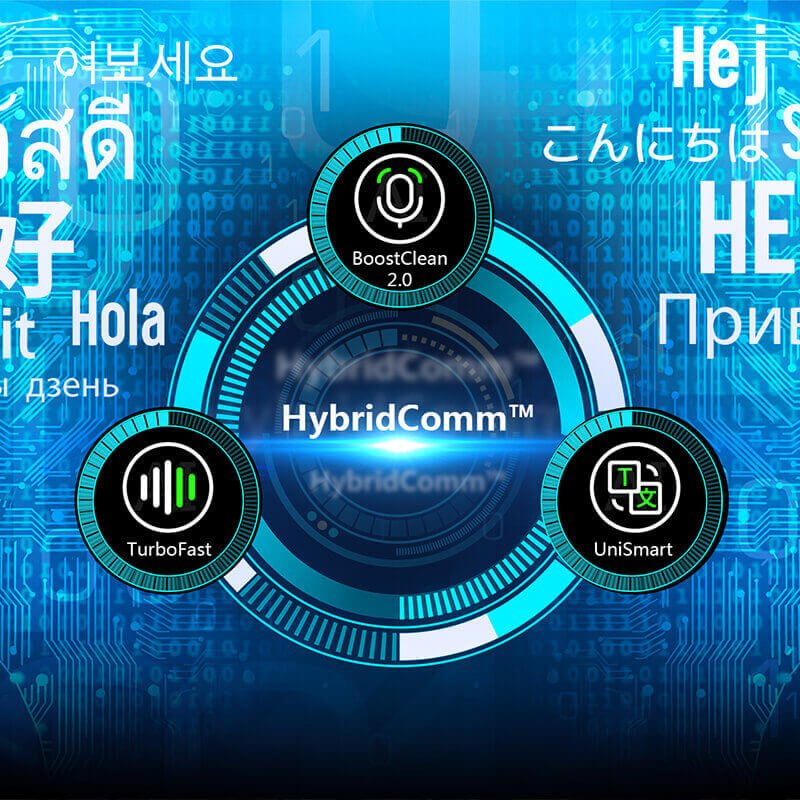





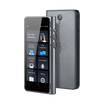


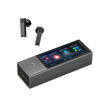


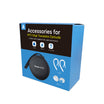
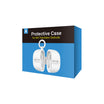



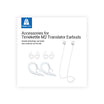






Laisser un commentaire
Tous les commentaires sont modérés avant d'être publiés.
Ce site est protégé par hCaptcha, et la Politique de confidentialité et les Conditions de service de hCaptcha s’appliquent.